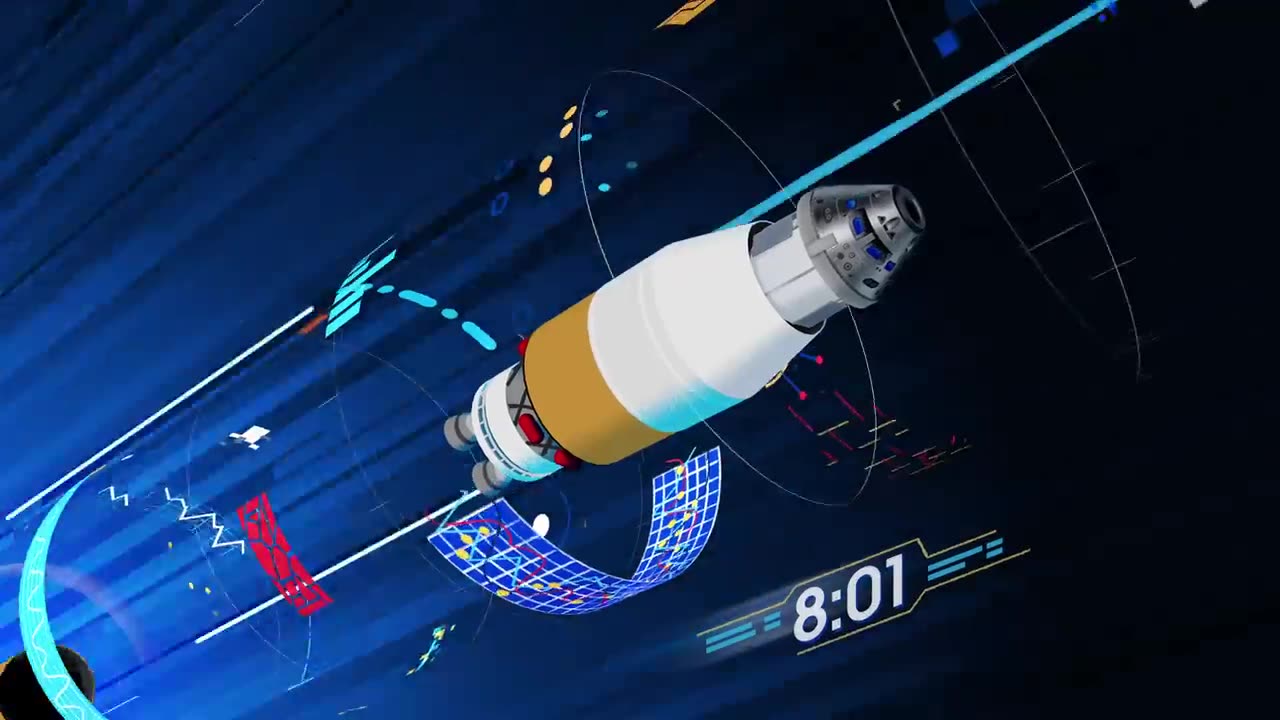Premium Only Content

To the moon
Description:
"Welcome to Science plus! * Explore the captivating world of space, the Sun, and our incredible solar system with us. Join us on a journey through the cosmos as we unravel the mysteries of the universe. Don't forget to like, subscribe, and hit the notification bell to stay updated on our cosmic adventures!"
#SpaceExploration #SolarSystemWonders #NASAUniverse
#SunScience #AstronomyJourney #CosmicWonders #StellarDiscoveries #SpaceFacts #GalacticAdventures
#UniverseMysteries #nasa #solarsystem #solar #galaxy #earth #moon #moonlight #sunset #sunday #sunrise #sunshine #mars
Launched on Feb. 11, 2010, the Solar Dynamics Observatory, or SDO, is the most advanced spacecraft ever designed to study the sun. During its five-year mission, it will examine the sun's atmosphere, magnetic field and also provide a better understanding of the role the sun plays in Earth's atmospheric chemistry and climate. SDO provides images with resolution 8 times better than high-definition television and returns more than a terabyte of data each day.
On June 5 2012, SDO collected images of the rarest predictable solar event--the transit of Venus across the face of the sun. This event happens in pairs eight vears apart that are separated from each other by 105 or 121 years. The last transit was in 2004 and the next will not happen until 2117.
The videos and images displayed here are constructed from several wavelengths of extreme ultraviolet light and a portion of the visible spectrum. The red colored sun is the 304 angstrom ultraviolet, the golden colored sun is 171 angstrom, the magenta sun is 1700 angstrom, and the orange sun is filtered visible light. 304 and 171 show the atmosphere of the sun, which does not appear in the visible part of the spectrum.
-
 LIVE
LIVE
TwinGatz
7 hours ago🔴LIVE - He Is Doing His Best | ARMA Reforger
96 watching -
 54:40
54:40
LFA TV
11 hours agoSee God in the Trade War | TRUMPET DAILY 4.7.25 7PM
29.6K -
 1:18:30
1:18:30
Sarah Westall
4 hours agoNew Study: EMFs Literally Put You into a Brainwave Cage; Reclaiming your Mind w/ Ian & Philipp
25.6K6 -
 35:54
35:54
SantaSurfing
4 hours ago4/7/2025 - Trump Tariff impacts - he wants no Capital Gains Tax! Inflation falls to 1.22%!
25.5K17 -
 59:17
59:17
We Like Shooting
15 hours ago $1.27 earnedDouble Tap 404 (Gun Podcast)
17.7K -
 LIVE
LIVE
ZWOGs
9 hours ago🔴LIVE IN 1440p! - GRAPHIC DESIGN, Schedule 1, TARKOV, GTAV RP!! | Dwindle Digby | - Come Hang Out!
119 watching -
 LIVE
LIVE
Meisters of Madness
4 hours agoThymeSia - Power of the Plague
44 watching -
 1:13:25
1:13:25
Kim Iversen
7 hours agoAmerica First? Then Why Are We Funding This? | Empathy Is the Left’s Weapon—Here’s Why It’s Dangerous
125K111 -
 1:24:11
1:24:11
vivafrei
8 hours agoCanadian Elections! Trump Tariffs! Panicans and Hysterics! And Jena Griswold for AG of Colorado?
110K60 -
 1:35:31
1:35:31
2 MIKES LIVE
7 hours ago2 MIKES LIVE #202 Deep Dive Monday!
33.8K